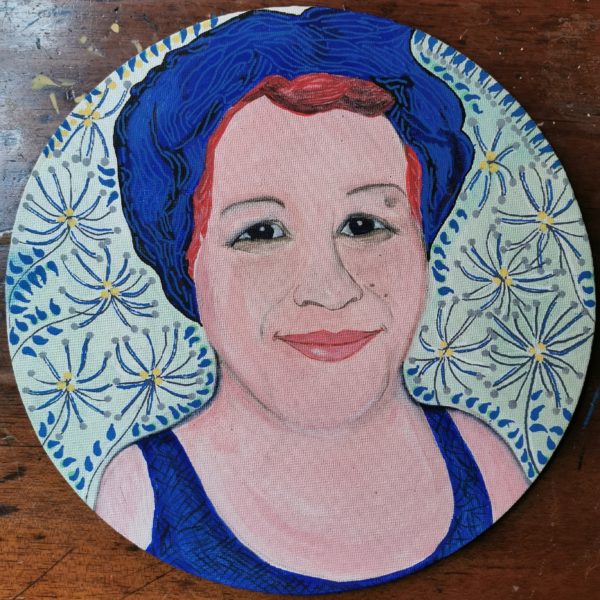What is Endometriosis?
- A painful chronic illness with the presence of endometrial tissue or what is more commonly called ‘the lining of the womb’ outside its usual site hence in the pelvis or other organs.
- Adenomyosis is a similar phenomenon of endometrial tissue within the muscle kamagra india layer of the womb.
Sexual hormones like estrogen stimulate the growth of endometrial tissue and determine its bleeding. This cyclical process sildenafil sandoz 50 mg prezzo can result in scars and adhesions damaging the tissues involved.
Different theories on how endometriosis develops:
- Retrograde menstrual flow theory: Some of the lining of the womb may find its way into the pelvis through the Fallopian tubes. The retrograde flow theory could explain why endometriosis is more often found in childless women who, for obvious reasons, have more periods during their lifetime.
- Metaplasia Theory: Tissue of embryonic origin evolves into endometrial tissue.
- Combination Theory: Combination of both theories.
Incidence of Endometriosis:
- Because it is often only recorded as part of another investigation, such as infertility or chronic abdominal pain, the true prevalence of endometriosis is unknown.
- Data from US National Hospital Discharge Survey: 1988-1990 endometriosis was found in 11.2% of all women undergoing abdominal surgery for gynecological and non-gynecological reasons. Most estimates speak of 2-3% in women of reproductive age and 50% in all women who present for infertility!
High Risk Factors for Endometriosis:
- Ethnicity (higher incidence in Japanese women)
- Heredity
- Hormonal (estrogen status)
- Age, with peak at 40 years
- Increased period flow and frequent periods
- Body weight
Factors that can decrease incidence of Endometriosis:
- Current and recent contraceptive use (lowers estrogen)
- Earlier natural menopause
Classification of Severity of Endometriosis:
The severity of endometriosis can be classified according to the site of the endometriosis and the size of the area of the endometriosis. (American Society for Reproductive Medicine)
The most common sites are the genital tract, bowel and bladder.
Diagnosis of Endometriosis:
| Symptoms |
|
| On Examination |
|
| Ultrasound and laparoscopy |
|
Endometriosis and Infertility:
Endometriosis has several effects on a woman’s reproductive system:
| Mechanical |
|
| Biochemical |
|
Treatment for Endometriosis:
The aim is to relieve the symptoms, restore fertility if desired, remove endometrial implants and delay recurrence of the disease.
| Surgical treatment |
Now:
|
| Medical Treatment |
Now:
|
Recurrent endometriosis:
Even with medical and surgical treatment, endometriosis is a progressive disease that tends to recur after treatment. The reasons for this are still unclear, but it may be due to:
- Evolution of lesions
- Persistence due to lack of recognition of visible, but subtle lesions
- Lack of identification of hidden sites
- Incomplete excision due to technical problems
In most studies the recurrence rate varies between 10% and 15%.
Adenomyosis:
- Invasion of the endometrial glands and/or stroma within the myometrium i.e. the uterine wall made out of muscle tissue means the extension of endometriosis into the muscular tissue of the uterus.
- Occurs mostly in women of 40-70 years of age.
- It can be found in distinct areas of the uterine wall or diffusely.
- In both cases it is believed to derive from direct invasion of endometrial tissue into the depth of the uterus.
- The classical symptoms are secondary dysmenorrhoea and menorrhagia which become more severe as the disease progresses.
- Dyspareunia can be a further symptom.
- Myometrial biopsy remains the gold standard.
- Unfortunately this is a blind procedure so that cases can be overlooked.
- MRI, US
Treatment for Adenomyosis:
- Levonorgestrel-releasing IUD
- GnRH agonists
- Hysterectomy is the best treatment in women who have finished their family planning
Even today the origin and further development of endometriosis is not perfectly understood but there are several therapeutic tools which enable us at least to confine the disease and very often to restore damaged tissues as well as fertility and to stop pain and suffering
Watch videos
Check out “Endometriosis” from Endometriosis.org on Vimeo.
See article
Il fibroma non ostacola la gravidanza (uscito su Dolce Attesa n.20, gennaio 2005)

